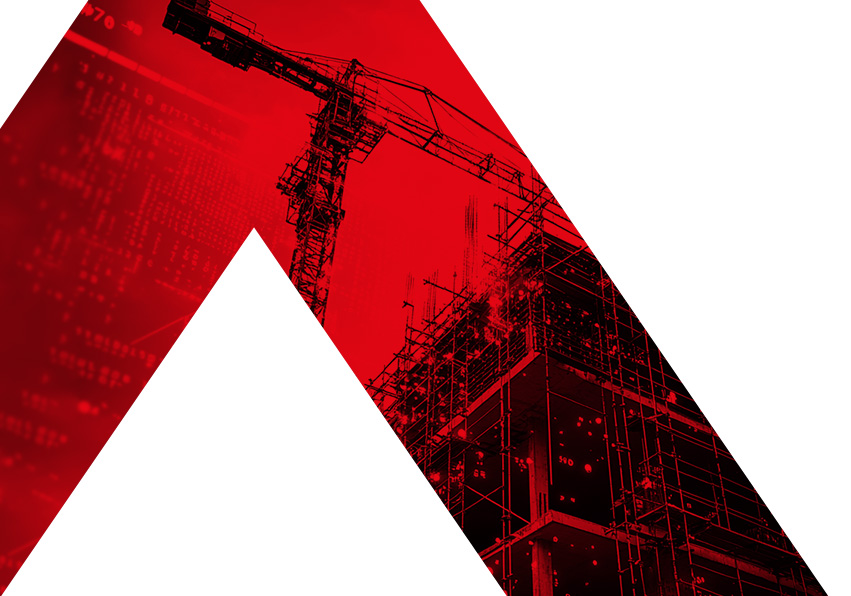
Artificial Intelligence.
Real Abilities.
Robots That Work Today
Deploy general-purpose robots on your production line in weeks. Match or beat your labor costs. Scale without hiring.
Your on demand robotic workforce
The growing productivity crisis
Rising labour cost is making manufacturing uncompetitive. Entire industries struggle to survive against low-cost competition.
Put robots to work, lower your labour costs
AIRA deploys mobile, general-purpose robots for machine tending, assembly fixturing, and material handling. We train on specific tasks, supervise remotely, and charge at or below your labour rate.
Deploy in weeks
Pay monthly
Scale as needed
How it works
Assess
We visit your facility and jointly identify tasks ready for robotic deployment.
Deploy
Robots on site quickly with our remote supervisors and continuously improve.
Scale
Run multiple shifts. Flex production output without impact on employees.
We’ve been putting robots to work for over 10 years